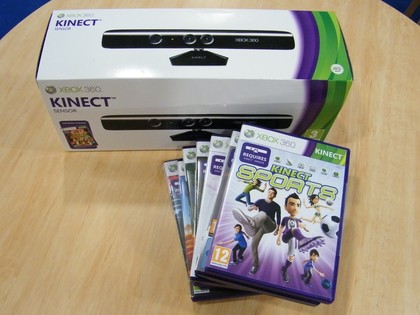Microsoft purchases SkyDrive.com in response to Apple’s iCloud.com
All of you who are using Hotmail or Live mail as their email service must be aware of the Sky Drive feature provided by the Microsoft. Sky Drive was launched by Microsoft much before the launch of iCloud service by Apple. Sky Drive enable one to store up to 20 GB of digital media online which can easily be made either public or private.
Now after the launch of iCloud service by Apple on a dedicated domain iCloud.com, Microsoft also decided to launch Sky Drive on a dedicated domain and hence recently purchased SkyDrive.com for an undisclosed price. Till now Microsoft uses a sub domain skydrive.live.com to offer storage services but from now onwards it will use SkyDrive.com to offer the same.
Up till 5th June the who is of SkyDrive .Com shows the owner as some auto company but from 5th June onwards Microsoft is listed as the owner of this domain. The domain is presently registered at Mark Monitor Inc. Microsoft not only acquired SkyDrive.com but also acquired many other typos of the same domain name. The list is given below:-
- SkyDriv.com
- SkyDirve.com
- SkuDrive.com
- SkrDrive.com
- MSNSkyDrive.com
- WindowsLiveVoice.com
- WindowsLiveDrive.com
- WindowsLiveDrive.mobi
- WindowsLiveDrive.net
- WindowsLiveDrive.org
- WindowsLiveMedia.com
- SkyDriveFolders.com
- SkyDriveSync.com
- SkyDriveSpace.com
- SkyDriveStorage.com
Sky Drive will be directly integrated into the next release of Windows Phone 7 code named Mango. This will enable a user to upload videos, images and documents directly to their Sky Drive account and afterwards share them with others. It will also enable you to search your Sky Drive account for particular files or images.
Sky Drive is one of the mainstream social media product of Microsoft and it is still not clear that why they hadn’t purchased this name on the date they released Sky Drive to public. I think the Apple’s recently launched iCloud service forced Microsoft to make this bold move.
